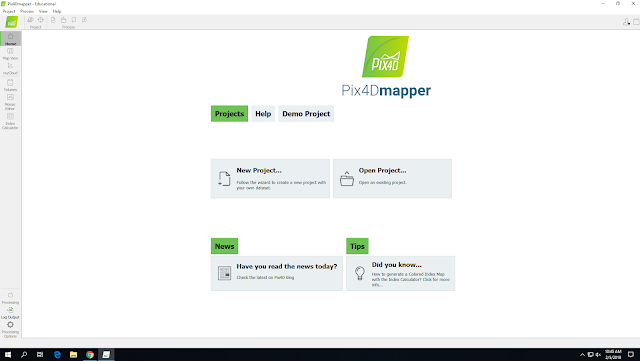Processing Data in Pix4D with GCPs

Introduction In this lab I integrate GCPs into the Pix4D process. This lab is very similar to the previous with the main difference being the addition of GCPs along with the extra steps that entails. GCPs or Ground Control Points are points of known coordinates in the area of interest. GCPs are essentially required when the absolute accuracy (position of the area of interest on the earth) of a project is important although this requirement can be waived if the images have geolocation. Images with geolocation utilize GPS data to record the position of an image when it is taken. Due to the innate inaccuracy of GPS, additional use of GCPs along with image geolocation can reduce the shift of the area from meters to centimeters. GCPs have an absolute minimum number requirement of 3 to be taken into account with each being present in at least 2 images. The recommended number is between 5-10 with additional GCPs having diminishing returns, even in large projects. If there are more GCPs th...

